Home>Home Appliances>Cleaning Appliances>How To Clean Sofa At Home Without A Vacuum Cleaner
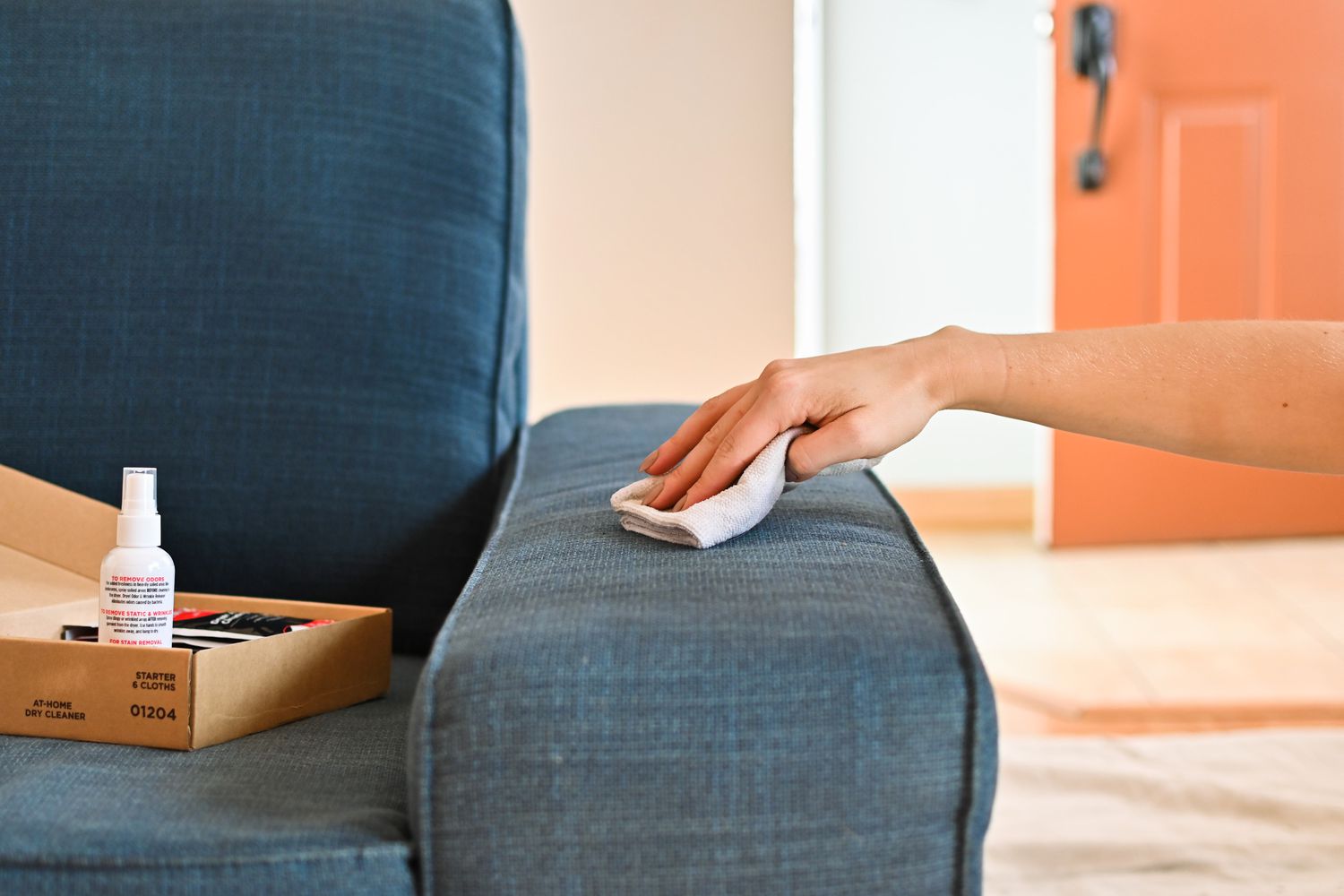

Cleaning Appliances
How To Clean Sofa At Home Without A Vacuum Cleaner
Modified: January 4, 2024
Learn how to effectively clean your sofa at home without a vacuum cleaner using simple and effective cleaning appliances. Keep your sofa looking fresh and clean with these easy tips!
(Many of the links in this article redirect to a specific reviewed product. Your purchase of these products through affiliate links helps to generate commission for Storables.com, at no extra cost. Learn more)
Introduction
Keeping your sofa clean is essential for maintaining a fresh and inviting living space. While vacuum cleaners are commonly used for this purpose, you may find yourself without one when a spill or mess occurs. Fear not! You can effectively clean your sofa at home without a vacuum cleaner using simple yet effective methods. Whether it’s removing crumbs, addressing stains, or freshening up the fabric, these techniques will help you maintain a spotless sofa without the need for specialized equipment.
In this article, we’ll explore the step-by-step process of cleaning your sofa without a vacuum cleaner, using readily available materials and methods that are safe for various fabric types. By following these instructions, you can restore your sofa to its former glory and create a clean and cozy environment for relaxation and entertaining.
Key Takeaways:
- Keep your sofa clean without a vacuum by using everyday items like baking soda, vinegar, and a soft brush. Address stains promptly to maintain a spotless and inviting living space.
- Regular maintenance and gentle cleaning techniques can help preserve the beauty and cleanliness of your sofa, creating a welcoming and hygienic atmosphere for your home.
Read more: How To Clean Without A Vacuum Cleaner
Materials Needed
Before beginning the sofa cleaning process, gather the following materials:
- Soft-bristled brush or clean, lint-free cloth
- Bowl of warm water
- Mild dish soap or upholstery cleaner
- White vinegar
- Baking soda
- Hydrogen peroxide (for specific stain types)
- Soft, clean sponge
- Clean, dry towels
- Essential oils (optional, for deodorizing)
These items are commonly found in most households and are effective for cleaning various types of sofa fabric. With these materials at hand, you’ll be prepared to tackle dirt, stains, and odors, restoring your sofa to a fresh and pristine condition.
Step 1: Remove Loose Debris
Before diving into the cleaning process, start by removing any loose debris from the sofa. This includes crumbs, pet hair, and other small particles that may have accumulated on the surface and within crevices. While a vacuum cleaner is typically used for this task, you can effectively remove debris without one.
Begin by using your hands to gently brush and sweep across the sofa’s surface, collecting any visible debris. For crevices and seams, a soft-bristled brush or the edge of a clean, dry towel can be used to dislodge and gather trapped particles. Work systematically, starting from the top of the sofa and progressing downward, ensuring that you cover all areas, including the back, arms, and cushions.
If pet hair is present, consider using a slightly dampened rubber glove to attract and collect the hair effectively. Simply run your hand over the fabric, and the hair will cling to the glove, making it easy to gather and discard. This method is particularly useful for removing stubborn pet hair from upholstery.
By thoroughly removing loose debris, you’ll create a clean foundation for the subsequent cleaning steps. This initial preparation sets the stage for more targeted cleaning and ensures that surface dirt and particles are effectively eliminated.
Step 2: Use a Brush or Cloth
After clearing the sofa of loose debris, it’s time to address any remaining dirt and dust that may be embedded in the fabric. A soft-bristled brush or a clean, lint-free cloth will be your go-to tools for this step. These materials are gentle enough to avoid damaging the fabric while effectively lifting dirt and dust from the surface.
If using a soft-bristled brush, gently sweep it across the sofa in a consistent, overlapping motion. This will help dislodge and lift any remaining dirt and dust, particularly from textured or woven fabrics. Ensure that the bristles are soft and non-abrasive to prevent causing any damage to the upholstery.
Alternatively, a clean, lint-free cloth can be used to gently wipe the sofa’s surface, focusing on areas where dirt and dust are more noticeable. Lightly dampen the cloth with water to enhance its cleaning effectiveness, but be cautious not to oversaturate the fabric. For particularly stubborn spots, a mild solution of water and a small amount of dish soap can be applied to the cloth, providing a gentle cleaning boost.
When using either method, work methodically across the entire sofa, paying attention to the arms, back, and cushions. This thorough approach ensures that all areas receive the necessary attention, resulting in a consistently clean and refreshed appearance.
By using a brush or cloth to remove embedded dirt and dust, you’ll effectively lift contaminants from the fabric, preparing the sofa for targeted stain removal and deodorizing.
Use a lint roller or sticky tape to remove surface debris. Mix a small amount of dish soap with warm water and gently scrub the sofa with a soft cloth. Blot with a clean, damp cloth to remove soap residue. Allow to air dry.
Step 3: Address Stains
Stains on a sofa can be a source of frustration, but with the right approach, many can be effectively treated without the need for a vacuum cleaner. Whether it’s a spill, smudge, or persistent mark, addressing stains promptly is key to preventing them from setting and becoming more challenging to remove.
For water-based stains such as coffee, juice, or wine, begin by blotting the affected area with a clean, dry towel to absorb as much liquid as possible. Avoid rubbing the stain, as this can spread it further into the fabric. Once excess liquid has been blotted, prepare a solution of warm water and a small amount of mild dish soap. Dampen a clean sponge with the solution and gently dab the stained area, working from the outer edges toward the center. This technique helps prevent the stain from spreading while gradually lifting it from the fabric.
For oil-based stains such as grease or food spills, sprinkle a small amount of baking soda onto the affected area and gently press it into the fabric. Allow the baking soda to sit for a few minutes to absorb the oil, then carefully brush or vacuum it away. If the stain persists, a mixture of equal parts water and white vinegar can be applied to the area using a clean cloth, followed by blotting with a dry towel.
For stubborn or set-in stains, consider using a specialized upholstery cleaner or a solution of hydrogen peroxide and water. It’s important to test any cleaning solution on a discreet area of the sofa first to ensure it does not cause discoloration or damage to the fabric. Always follow the manufacturer’s recommendations for cleaning and spot treatment.
Regardless of the type of stain, it’s essential to address it promptly and with care to prevent it from becoming a permanent blemish on your sofa. By following these stain removal techniques, you can effectively restore the fabric to its original, pristine condition without the need for a vacuum cleaner.
Read more: How To Clean The Vacuum Cleaner
Step 4: Deodorize the Sofa
After addressing stains and removing dirt, it’s time to ensure that your sofa not only looks clean but also smells fresh and inviting. Deodorizing the fabric is an essential final step in the cleaning process, helping to eliminate odors and create a pleasant environment for relaxation and socializing.
To deodorize your sofa without a vacuum cleaner, you can utilize the natural odor-absorbing properties of baking soda. Sprinkle a generous amount of baking soda over the entire surface of the sofa, ensuring that it reaches all areas, including seams and crevices. Allow the baking soda to sit for at least 15-20 minutes to effectively absorb any lingering odors.
For sofas with removable cushions, you can also sprinkle baking soda directly onto the cushions and allow it to sit before gently brushing or vacuuming it away. This method helps to freshen the fabric and remove any trapped odors within the cushions.
Once the baking soda has had time to work its magic, use a soft-bristled brush or clean, dry cloth to gently brush or wipe away the excess powder. Work in a methodical manner, ensuring that all traces of baking soda are removed from the fabric.
If desired, you can further enhance the deodorizing effect by misting the sofa with a solution of water and a few drops of your favorite essential oil. Simply combine water and the essential oil in a spray bottle and lightly mist the sofa, allowing the refreshing scent to infuse the fabric.
By deodorizing your sofa using baking soda and optional essential oils, you’ll effectively neutralize odors and create a welcoming atmosphere in your living space. This final touch ensures that your sofa not only looks clean but also smells delightful, enhancing your overall home environment.
Conclusion
Keeping your sofa clean and fresh doesn’t always require a vacuum cleaner. By following the simple yet effective steps outlined in this article, you can maintain a spotless and inviting sofa using readily available materials and methods. From removing loose debris to addressing stains and deodorizing the fabric, each step contributes to restoring your sofa to its pristine condition without the need for specialized equipment.
Remember, regular maintenance and prompt attention to spills and stains are key to preserving the beauty and cleanliness of your sofa. By incorporating these cleaning techniques into your household routine, you can ensure that your sofa remains a centerpiece of comfort and style in your home.
With a gentle touch and the right materials, you can effectively care for various types of sofa fabric, from delicate upholstery to durable synthetic blends. Whether it’s a cozy couch, a stylish sectional, or a luxurious loveseat, these cleaning methods are versatile and suitable for a wide range of sofa styles and materials.
By taking the time to clean and refresh your sofa without a vacuum cleaner, you not only maintain a hygienic living environment but also extend the lifespan of your furniture. Additionally, a clean and inviting sofa contributes to a welcoming and enjoyable atmosphere for you, your family, and your guests.
So, the next time you find yourself facing a spill or simply want to give your sofa a thorough cleaning, rest assured that you can achieve impressive results without the need for a vacuum cleaner. With a few basic materials and a little effort, you can keep your sofa looking its best, ensuring that it remains a cherished and well-maintained element of your home for years to come.
Frequently Asked Questions about How To Clean Sofa At Home Without A Vacuum Cleaner
Was this page helpful?
At Storables.com, we guarantee accurate and reliable information. Our content, validated by Expert Board Contributors, is crafted following stringent Editorial Policies. We're committed to providing you with well-researched, expert-backed insights for all your informational needs.
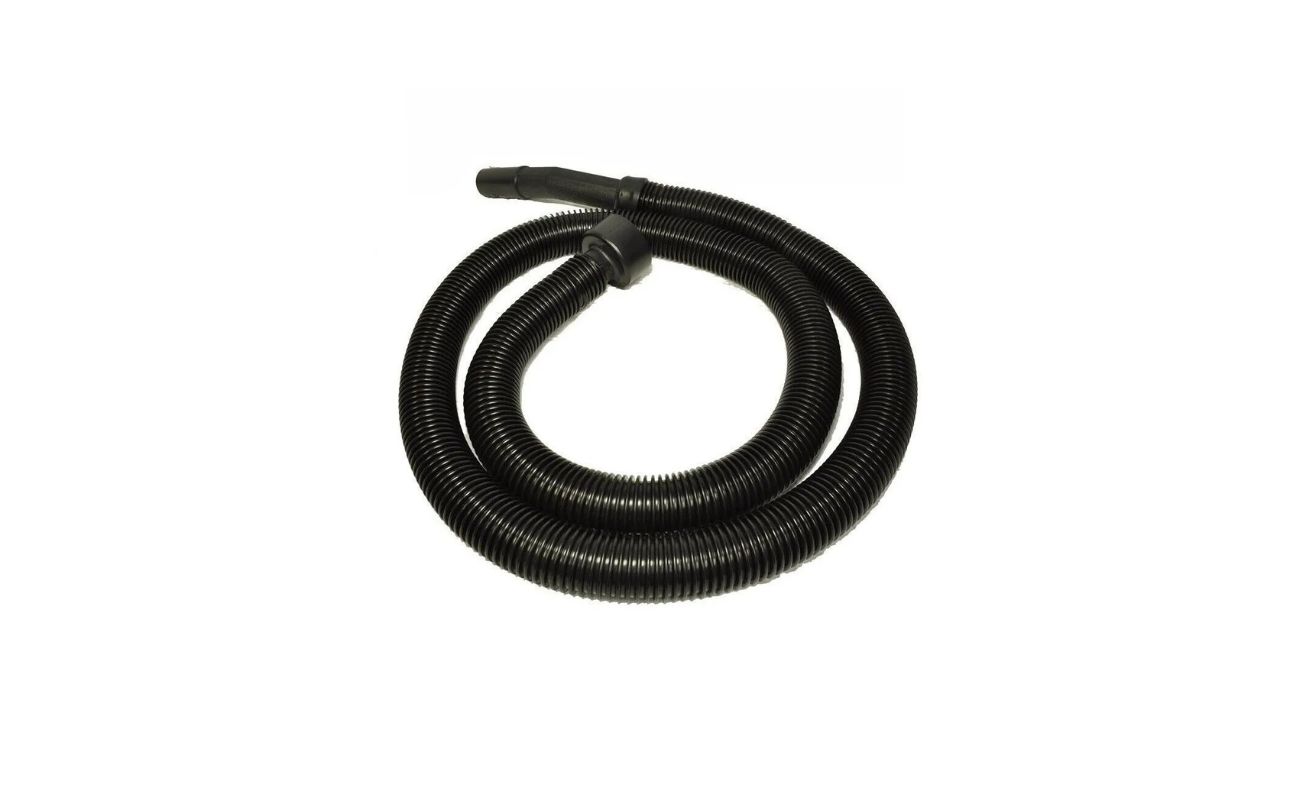
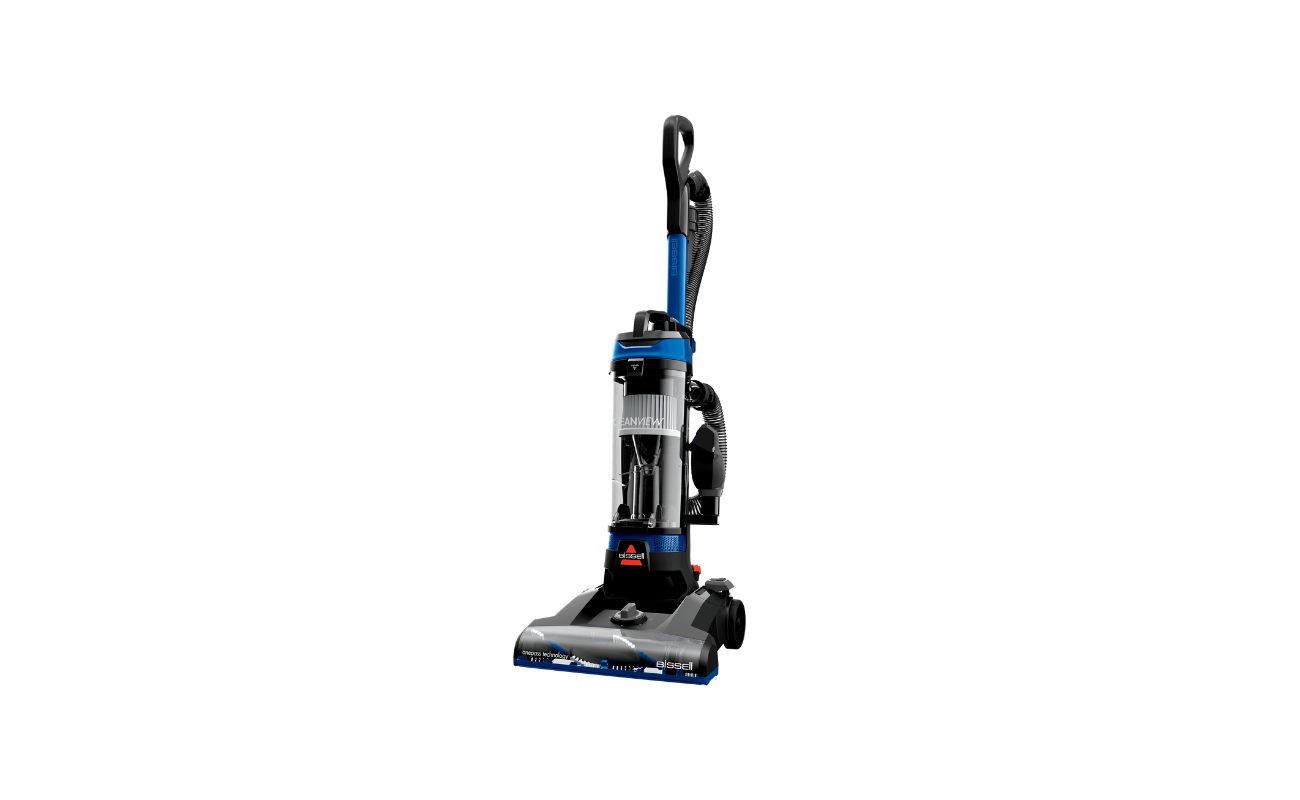
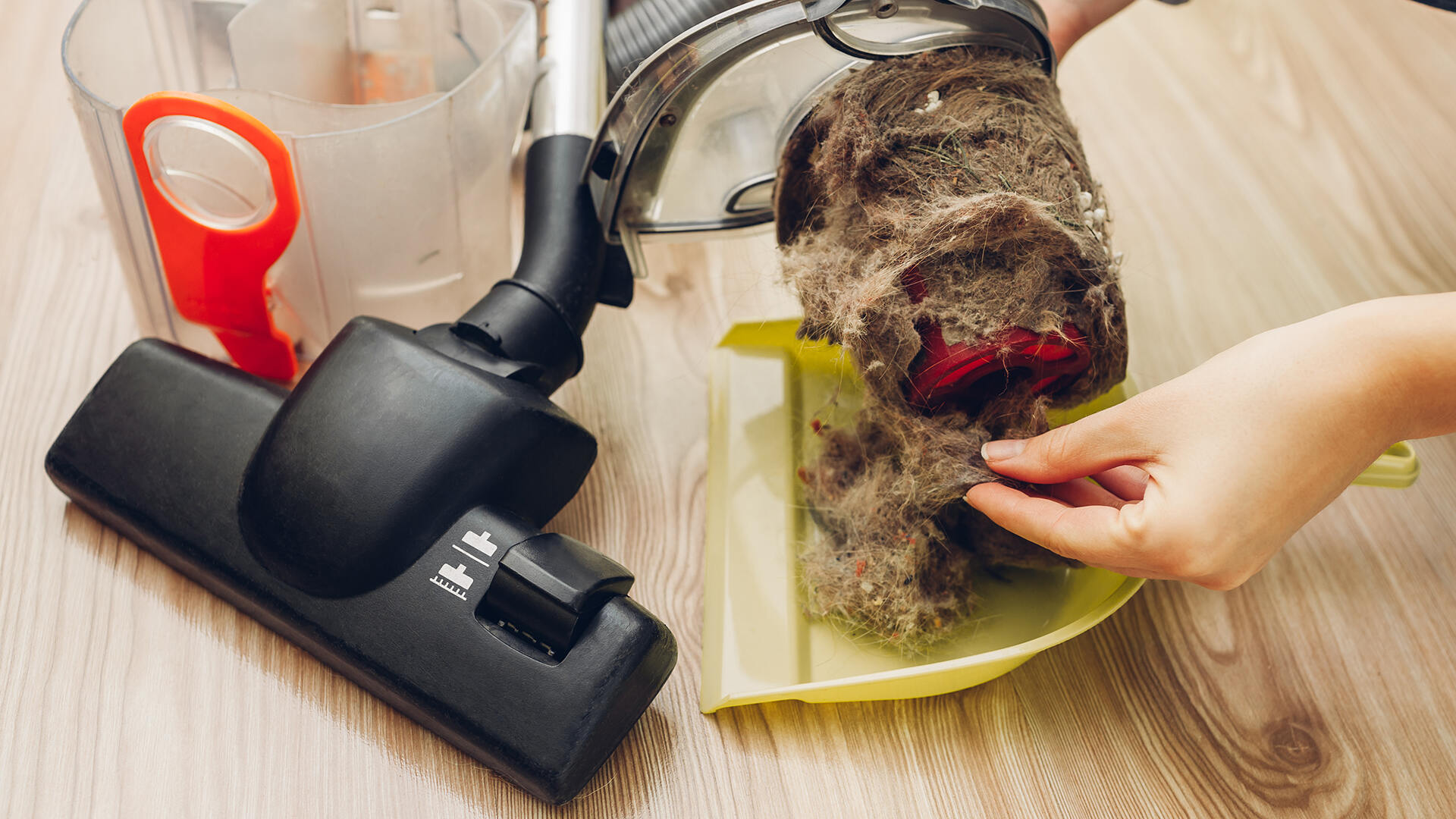
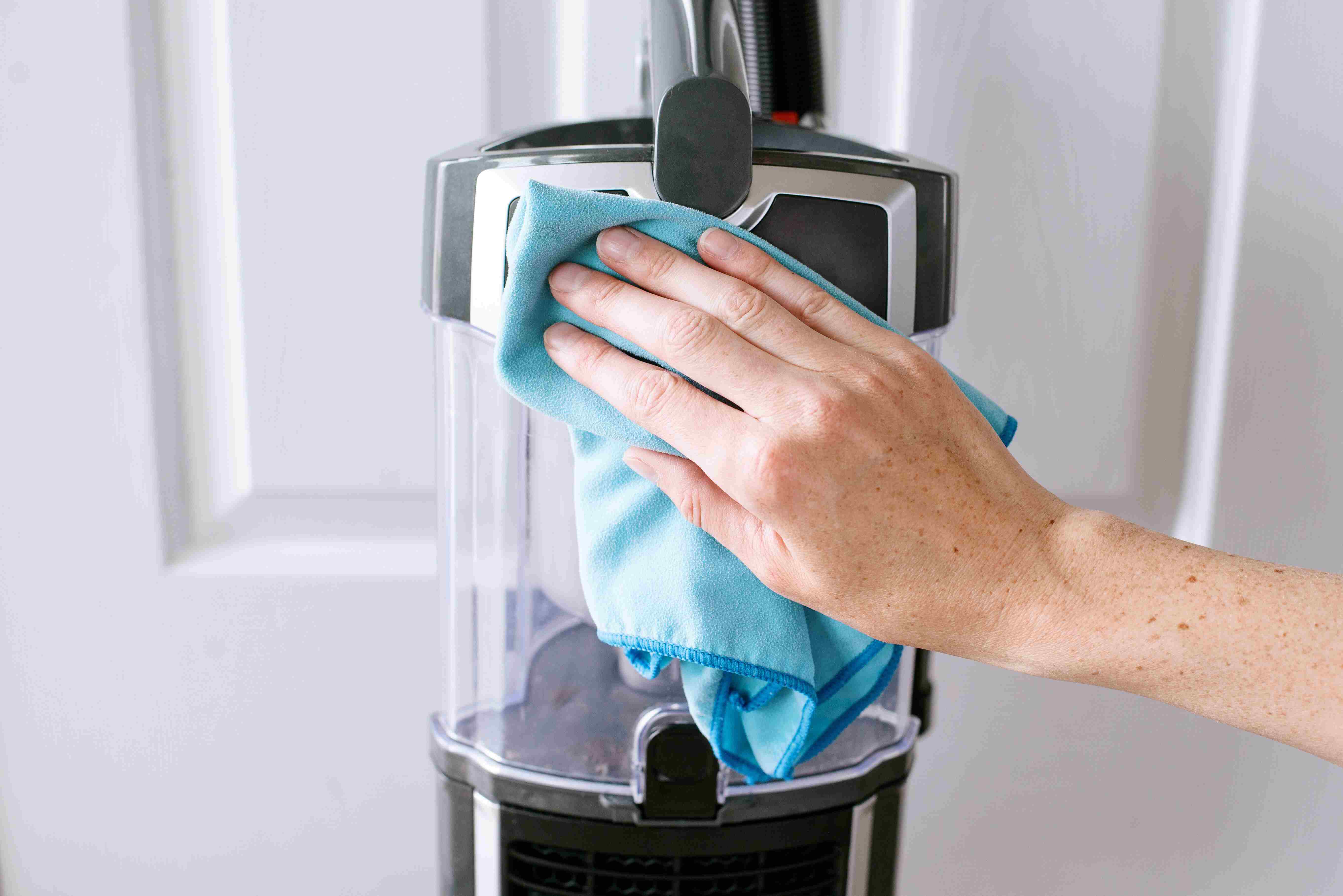
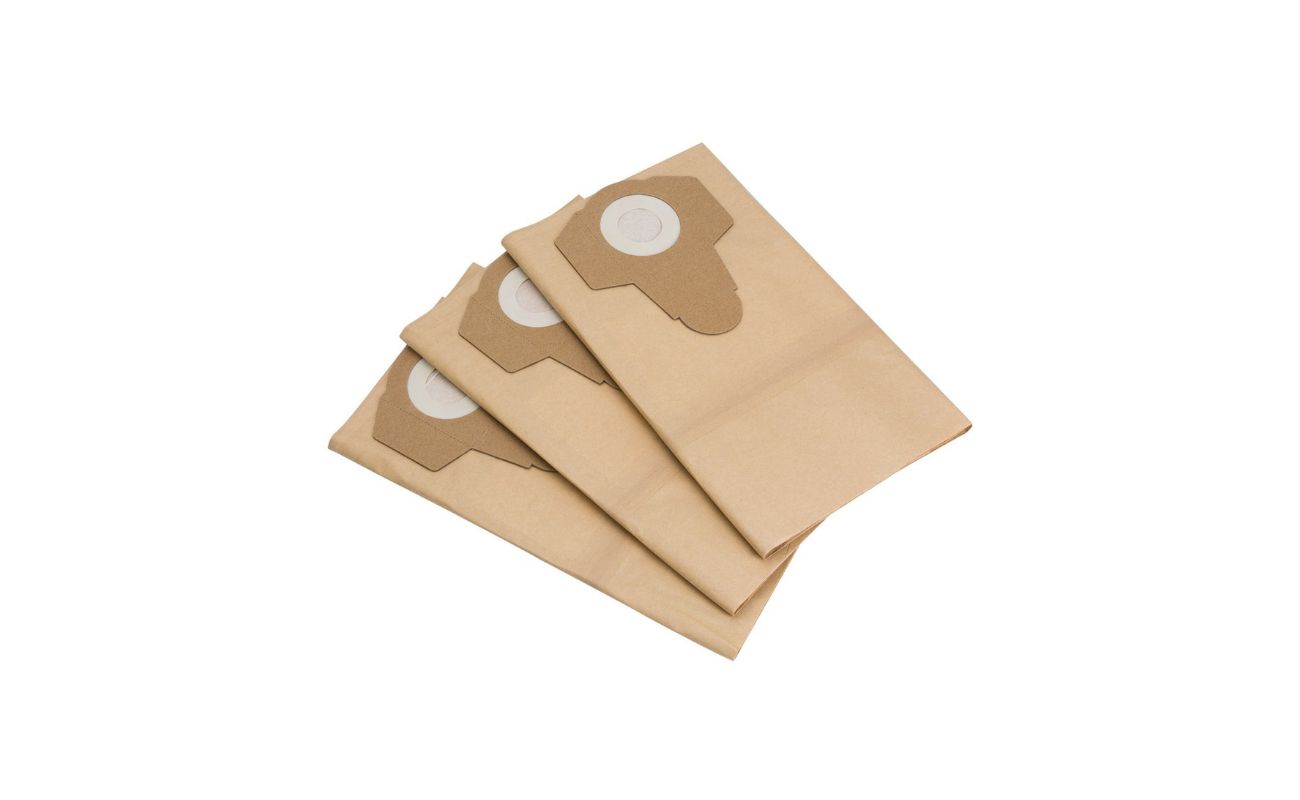
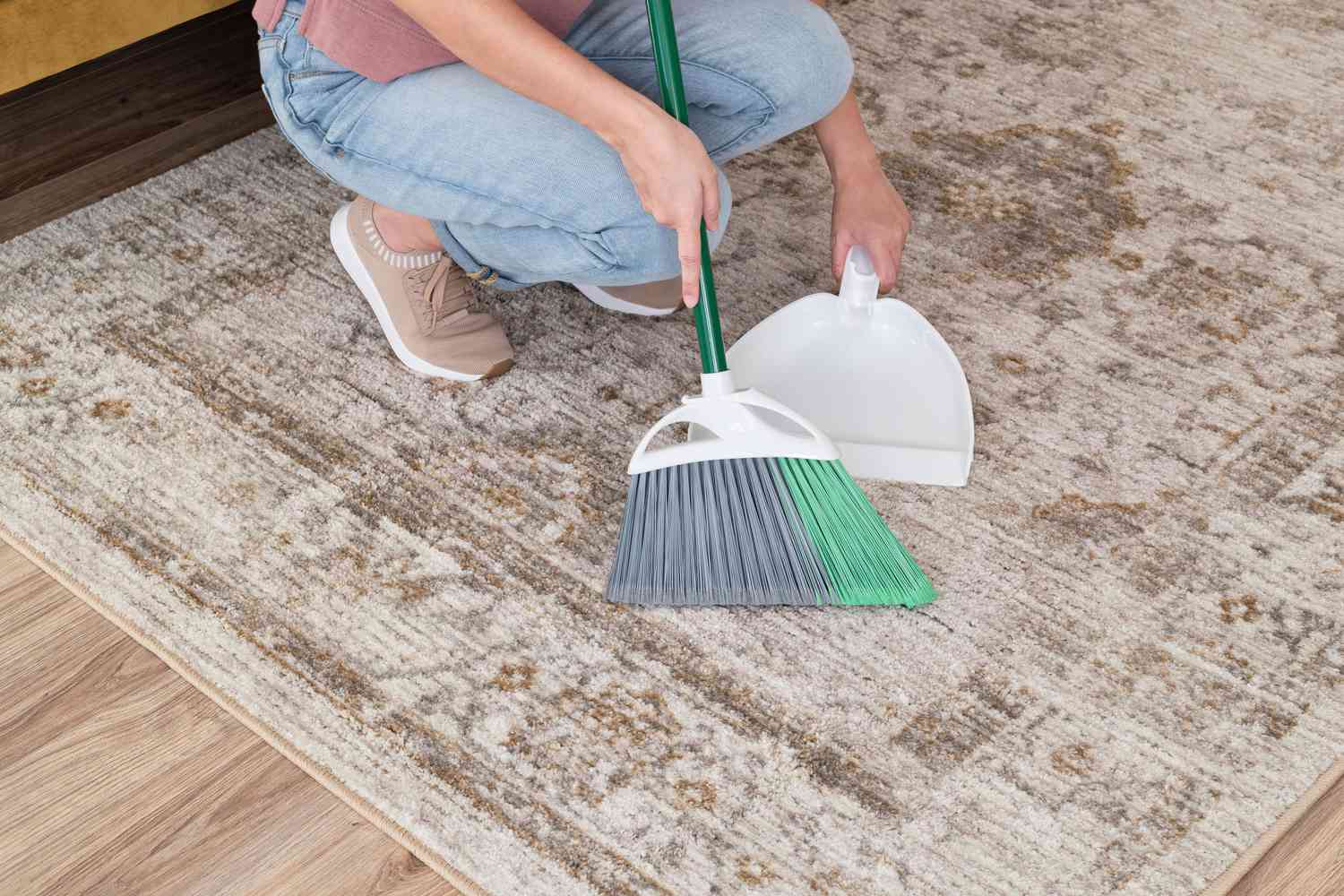
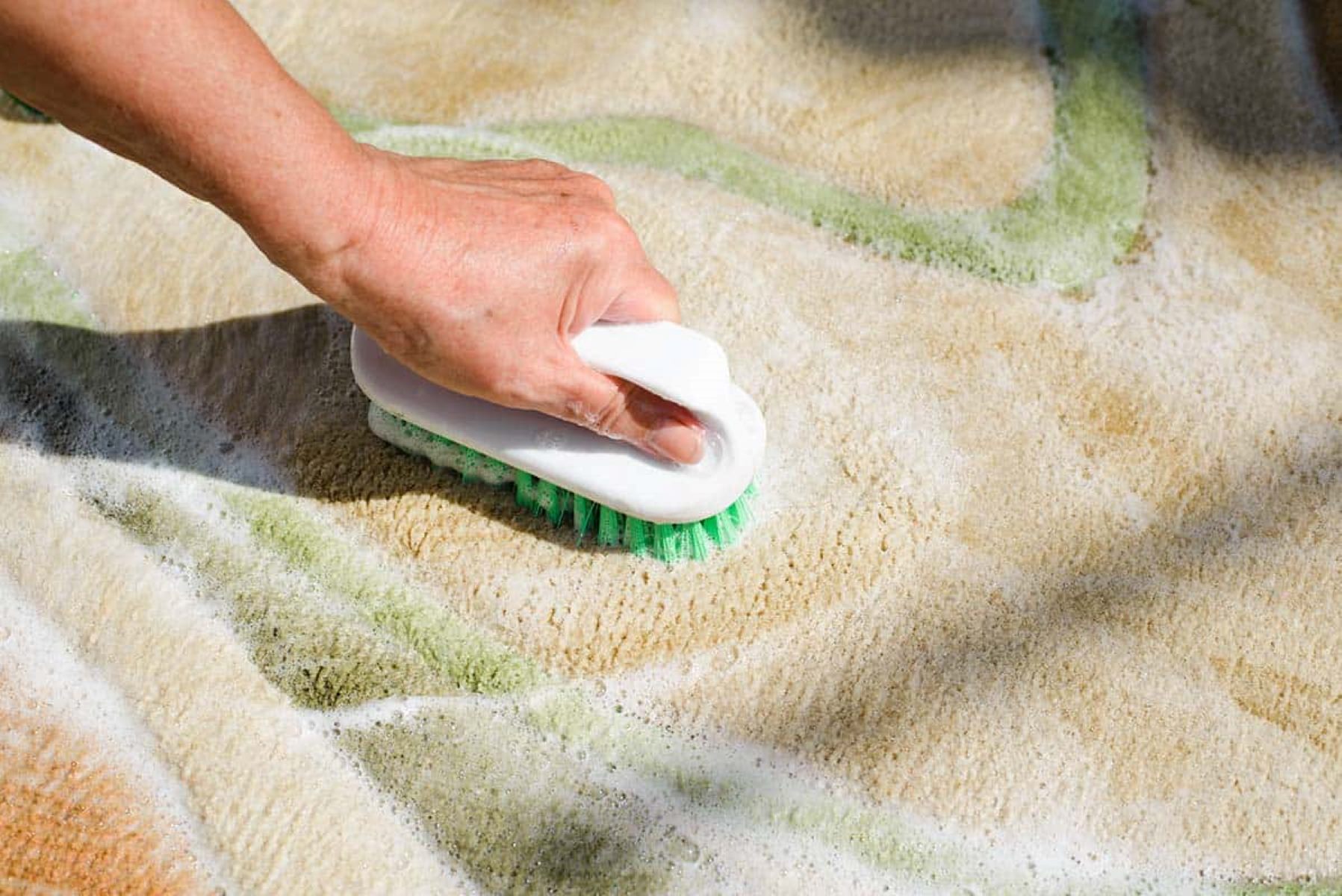
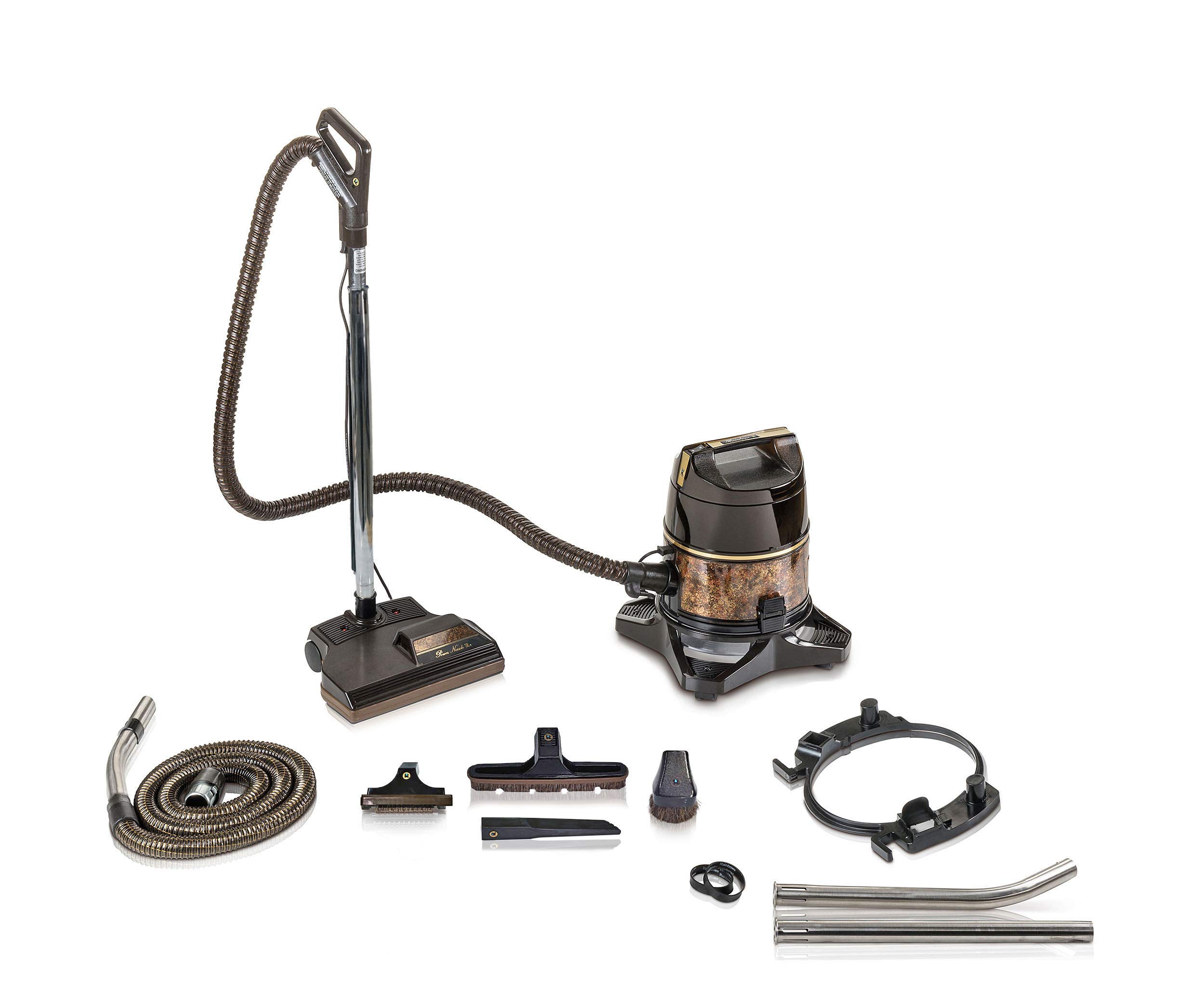
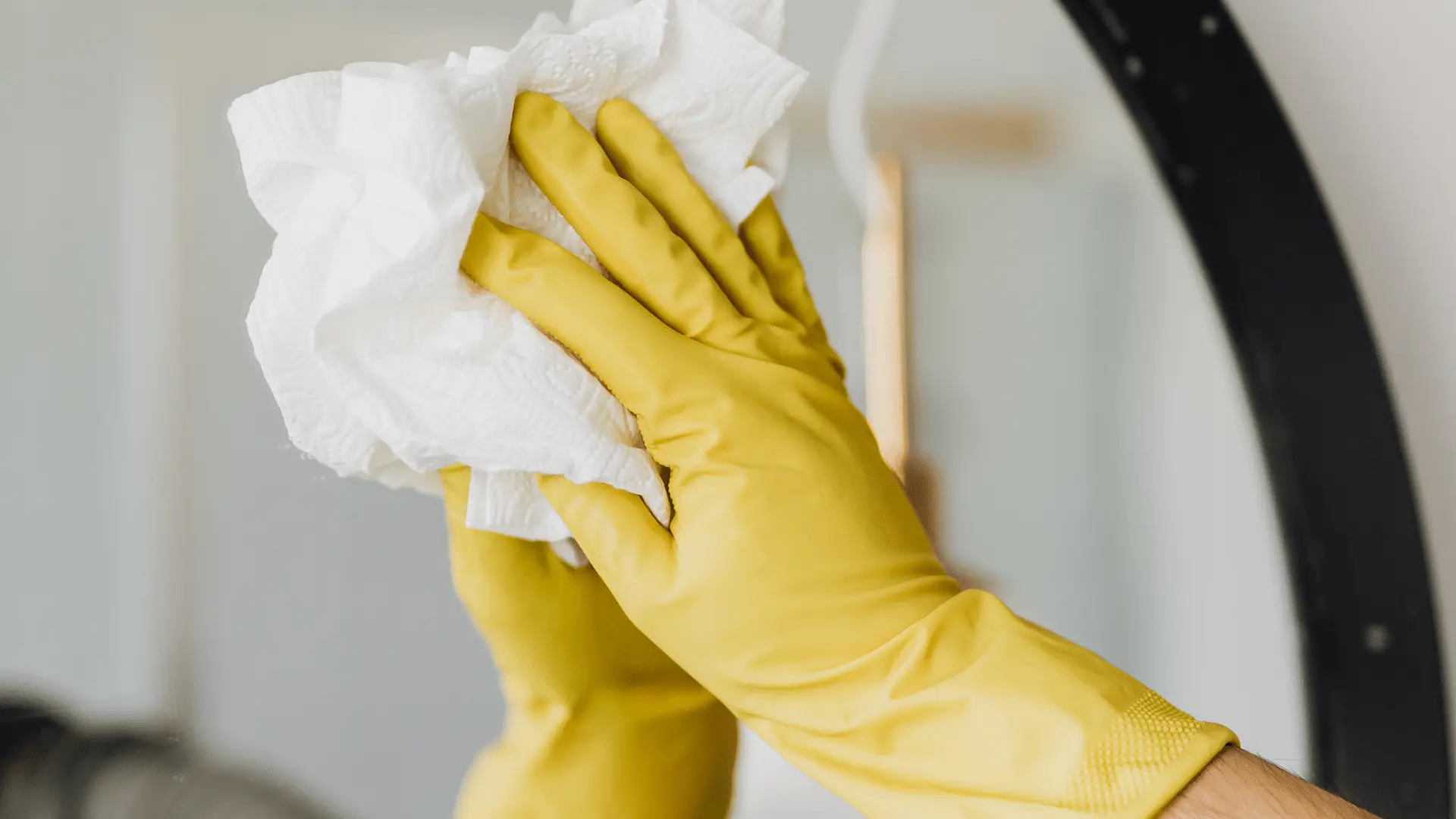
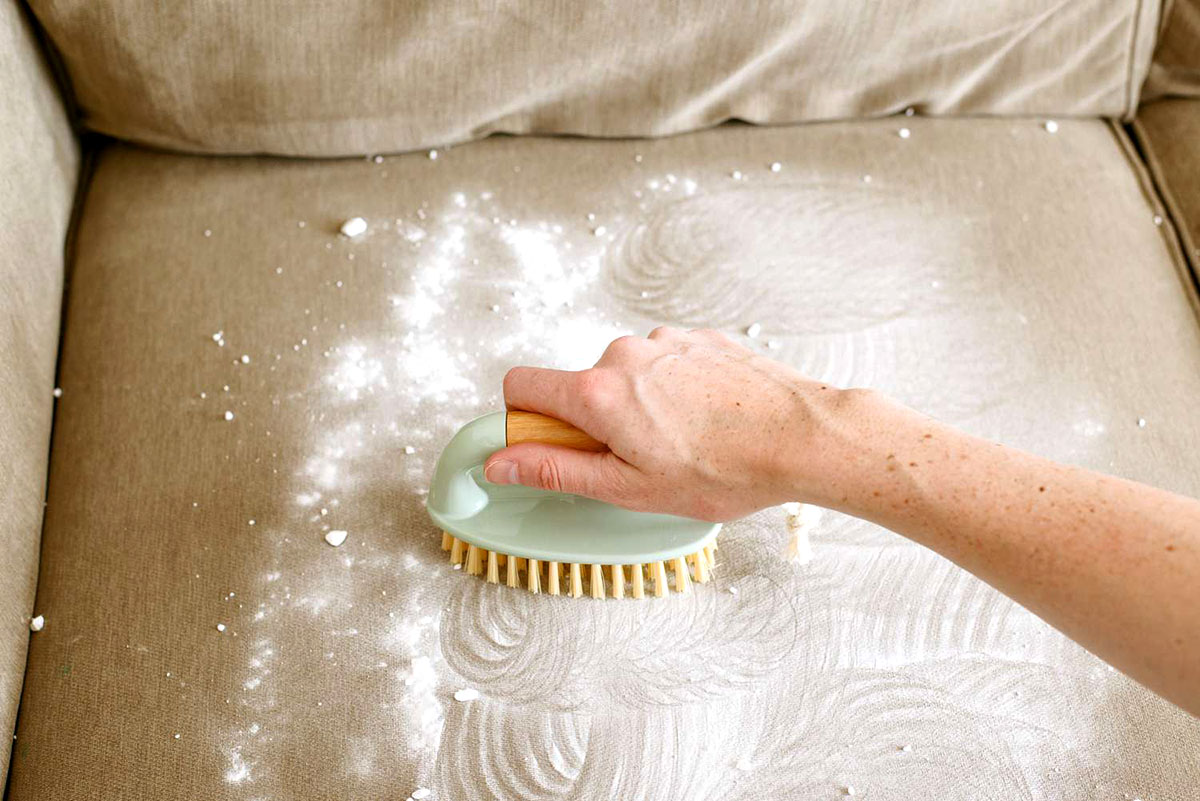
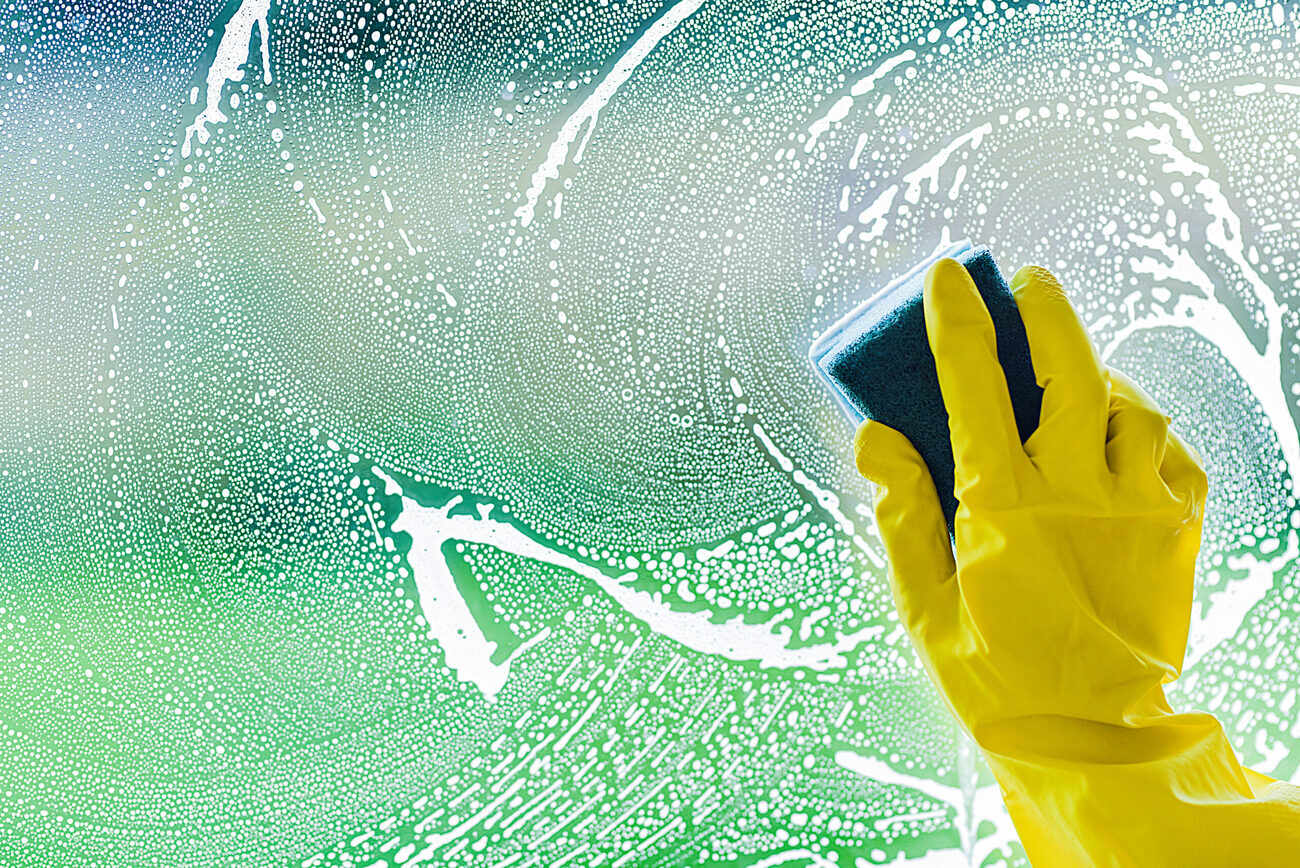
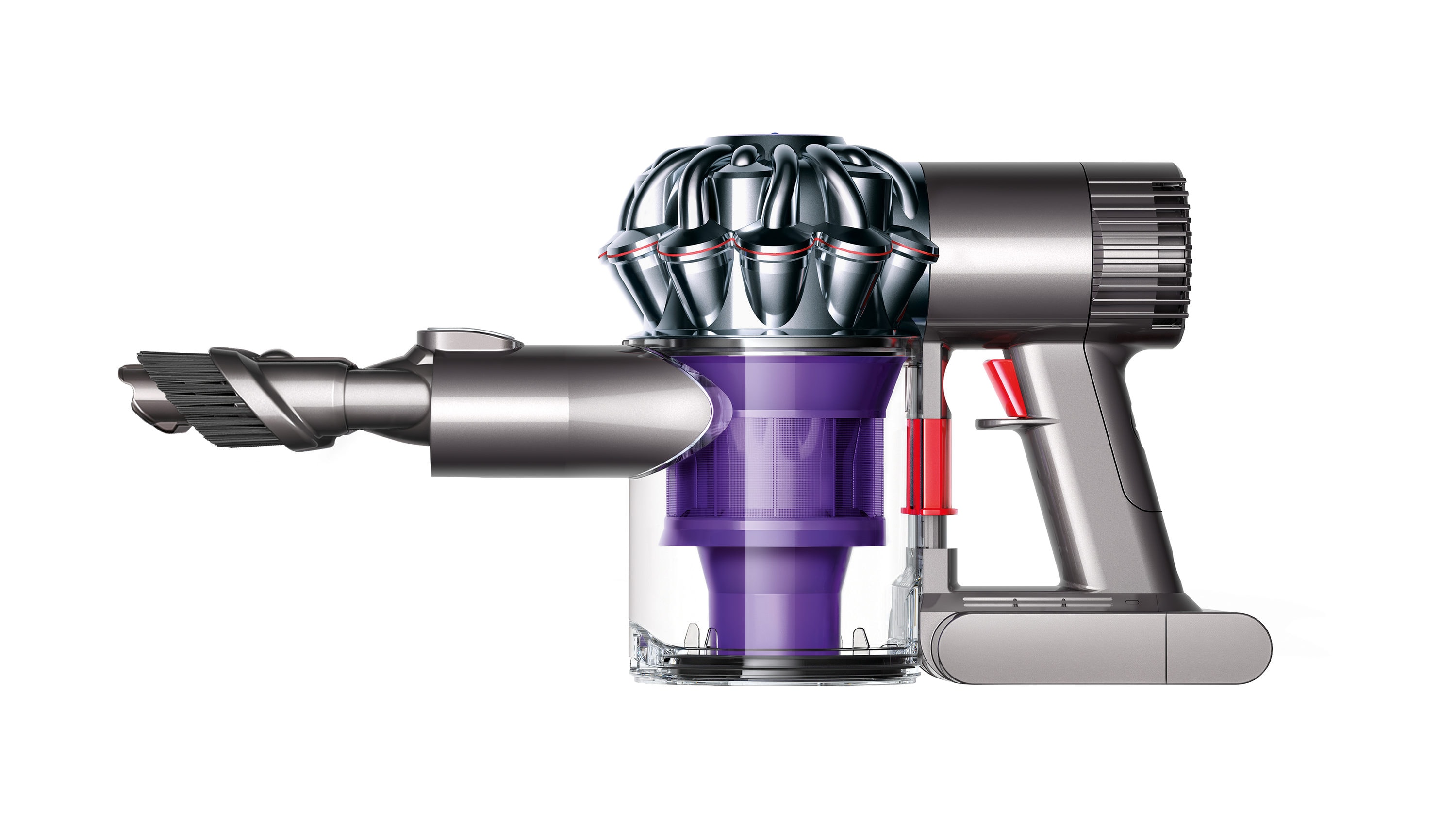
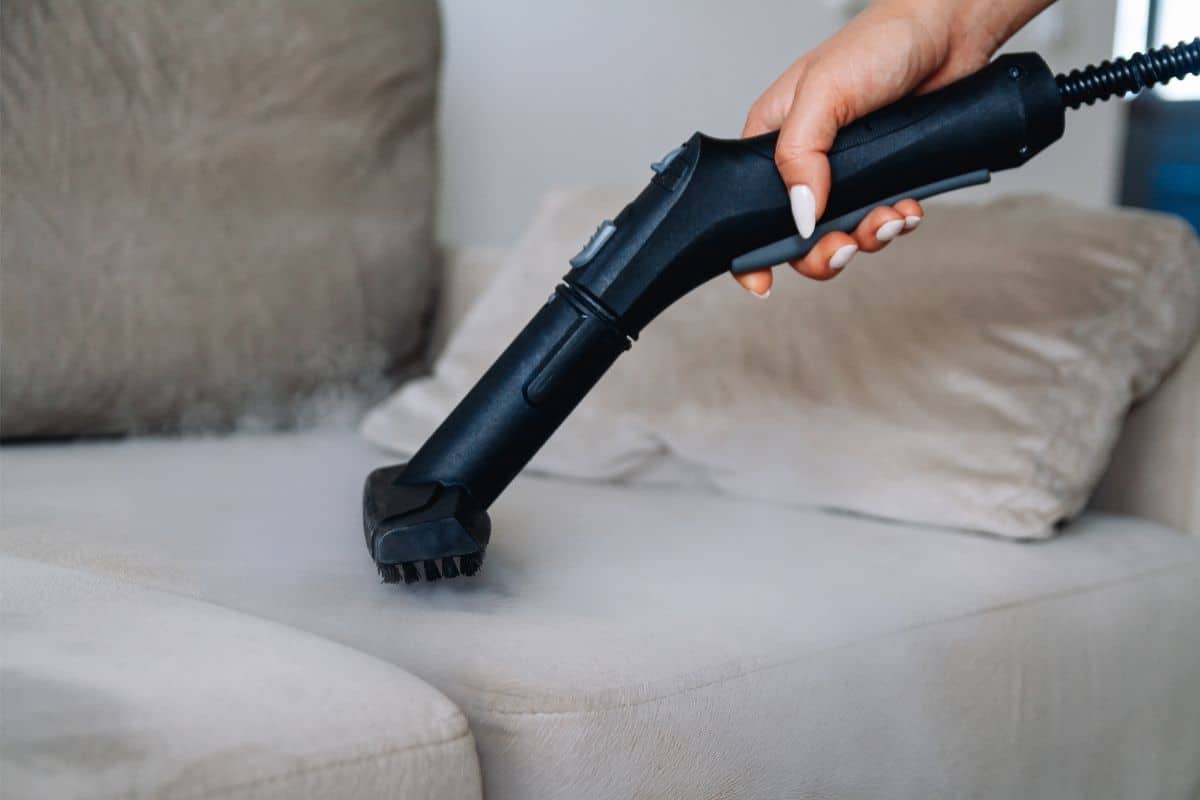
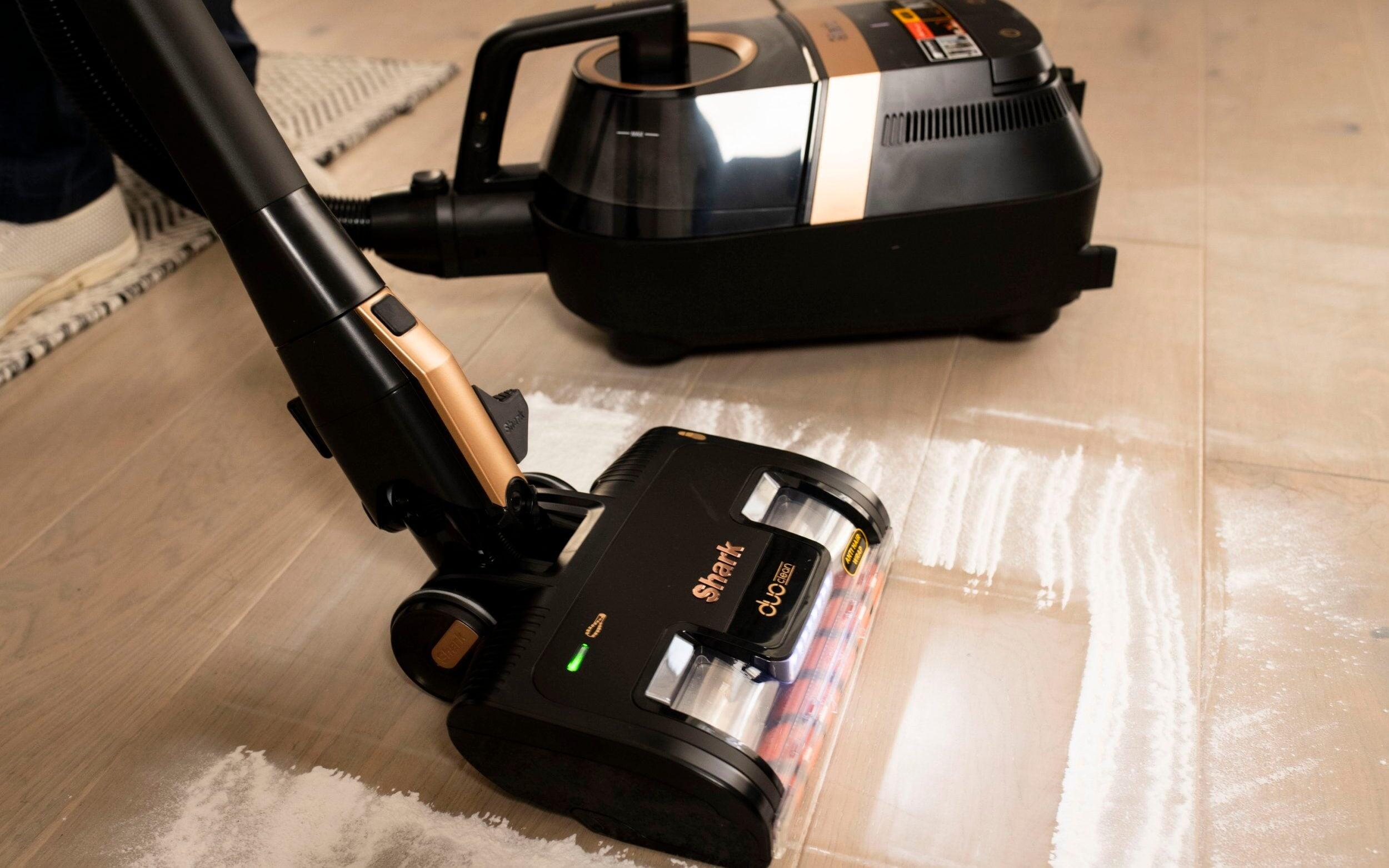

0 thoughts on “How To Clean Sofa At Home Without A Vacuum Cleaner”